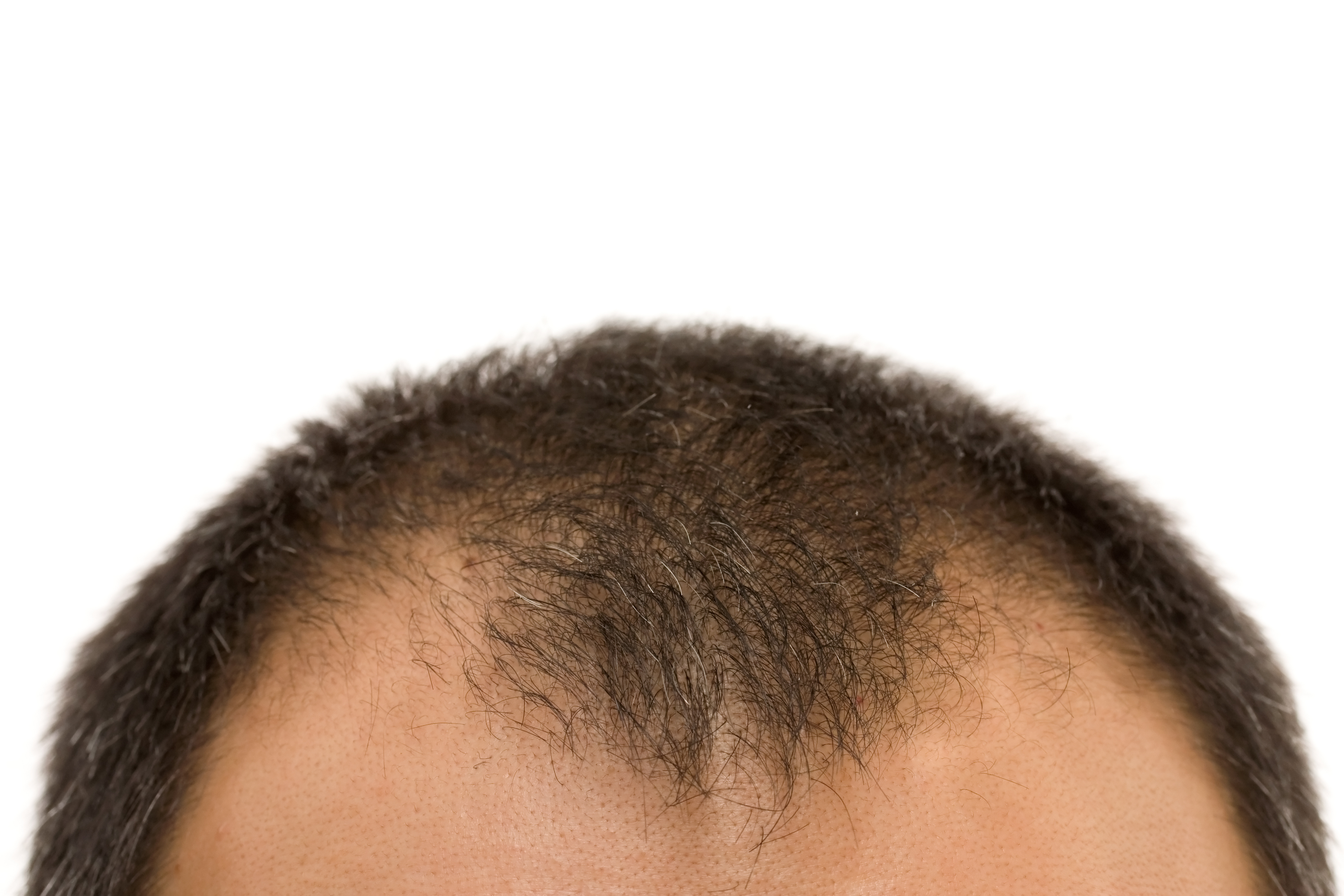 Known by its medical name, androgenic alopecia, male pattern baldness is one of the more common forms of alopecia that affect most men at some point in their life. The United States National Library of Medicine notes that about half of all men will have some manifestation of male pattern baldness by the time they are 50 years old. There is no cure for male pattern baldness, with genetics, family history, and grooming habits cited as possible causes. However, some treatments and procedures can be employed to slow down the progression of hair loss, even helping to restore a receding hairline.
Known by its medical name, androgenic alopecia, male pattern baldness is one of the more common forms of alopecia that affect most men at some point in their life. The United States National Library of Medicine notes that about half of all men will have some manifestation of male pattern baldness by the time they are 50 years old. There is no cure for male pattern baldness, with genetics, family history, and grooming habits cited as possible causes. However, some treatments and procedures can be employed to slow down the progression of hair loss, even helping to restore a receding hairline.
1. Topical Minoxidil
Recommended by the FDA, Minoxidil stimulates dying hair follicles. “The main effect of androgenic alopecia is the weakening of hair follicles,” says Dr. Adam Mamelak, board certified dermatologist in Austin, Texas. “Over time, the hair follicles shrink until it completely stops producing hair.”
Minoxidil is a potassium channel opener, opening the blood vessels on the scalp. This allows for better oxygen and nutrient permeability. It’s important to note that hair loss will temporary increase before it gets better. The initial shedding during the telogen phase causes many men to abandon minoxidil, even incorrectly calling it the cause of their hair loss. Dr. Mamelak notes that results with minoxidil can be expected in about six months, with 9-12 months for the best visible results.
2. Micro-needling
Micro-needling uses various needles of different lengths, which can be as tiny as .5 millimeters. “When the scalp is treated, micro-needling causes micro-perforations in the skin that then stimulate the body to deliver growth factors and improve blood circulation to the area,” says Emily Johnston, certified physician assistant at Sanova Dermatology. Sessions are done every couple of weeks or months. A 2013 study published in the International Journal of Trichology demonstrated that coupling micro-needling with topical minoxidil treatments was more effective in stabilizing hair loss and stimulating hair growth than minoxidil alone.
3. Finasteride
Finasteride helps prevent the accumulation of dihydrotestosterone (DHT). DHT has been shown to interact with receptors on susceptible hair follicles and fuel hair shedding. Propecia is a prescription strength Finasteride tablet that has been shown to be more effective than minoxidil in combating hair loss. By decreasing DHT, hair has the chance to regrow.
Contact Us
To learn more about our customized treatment options, please contact us. Feel free to schedule a consultation with one of our experienced dermatologists and health care providers to find the best treatment for you!
Join Us
